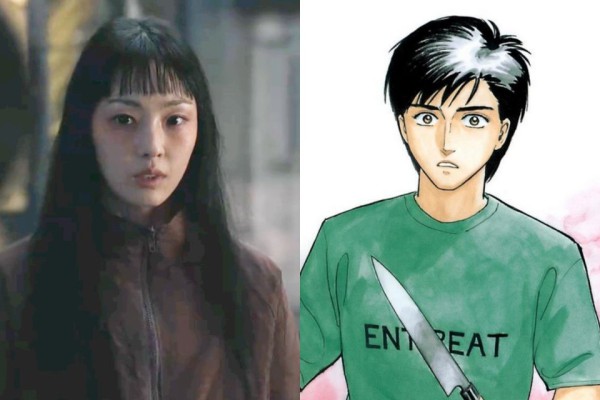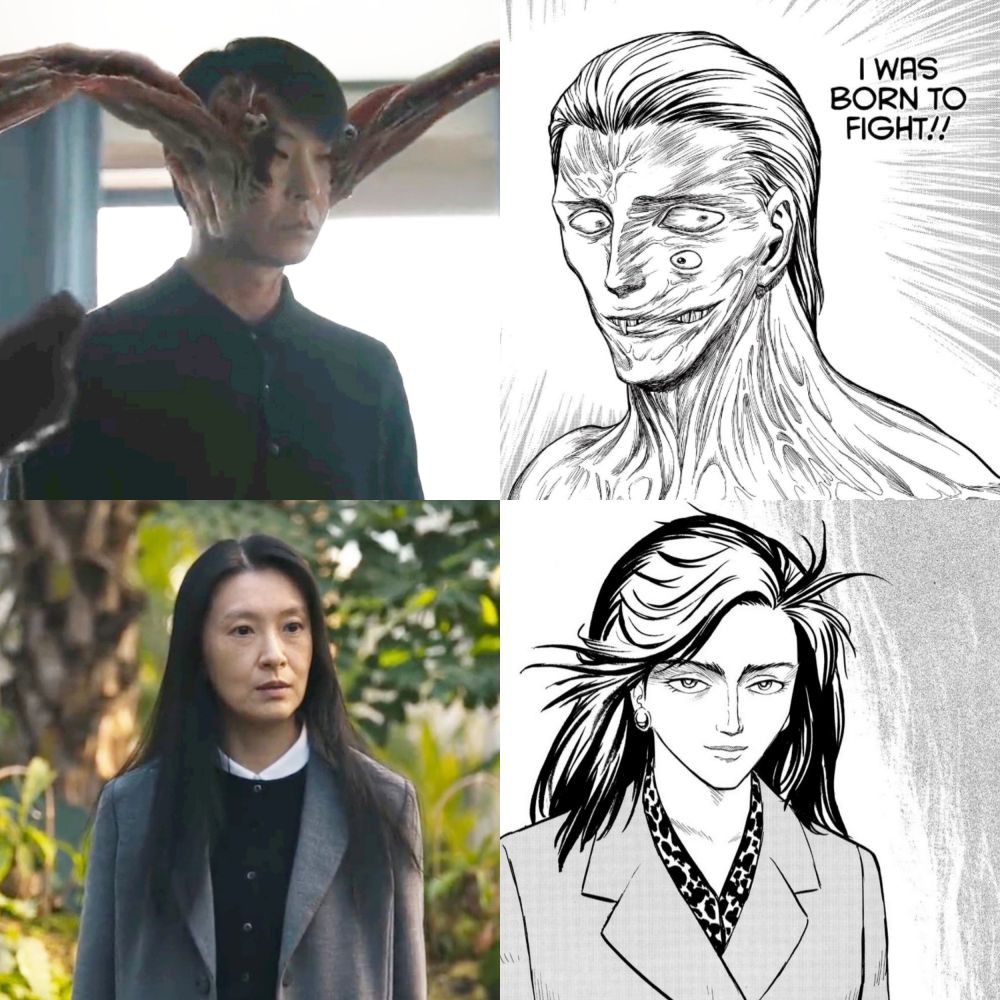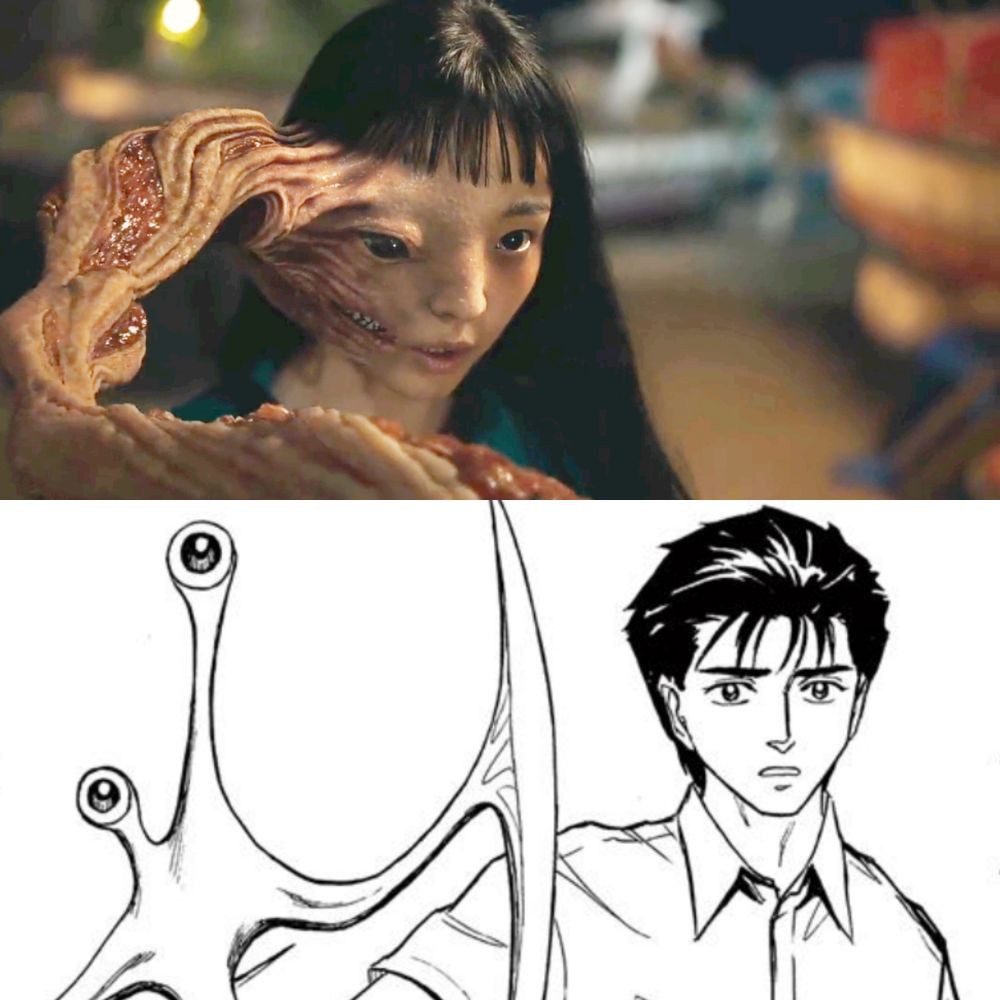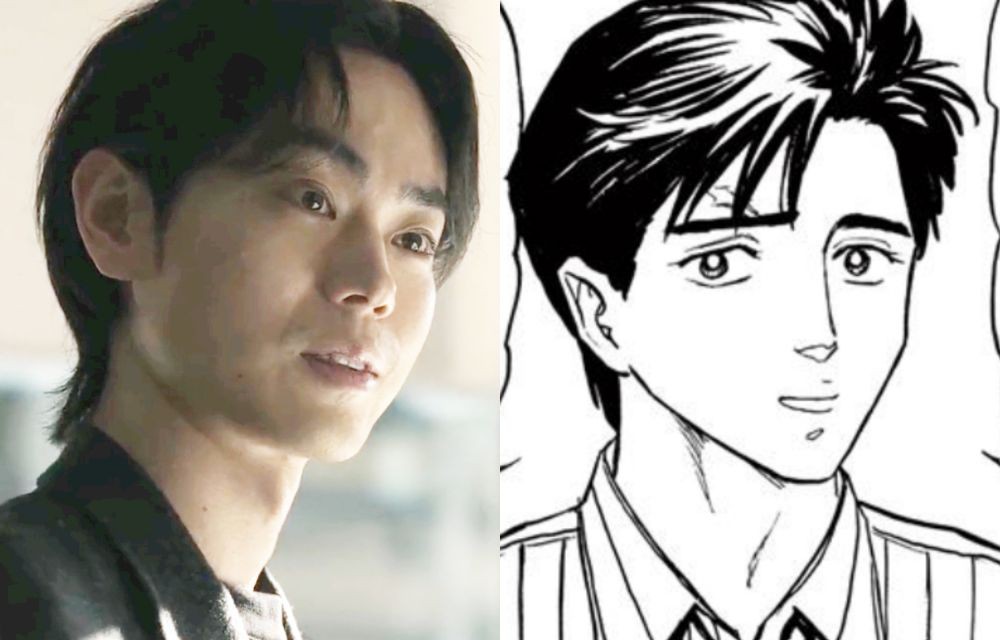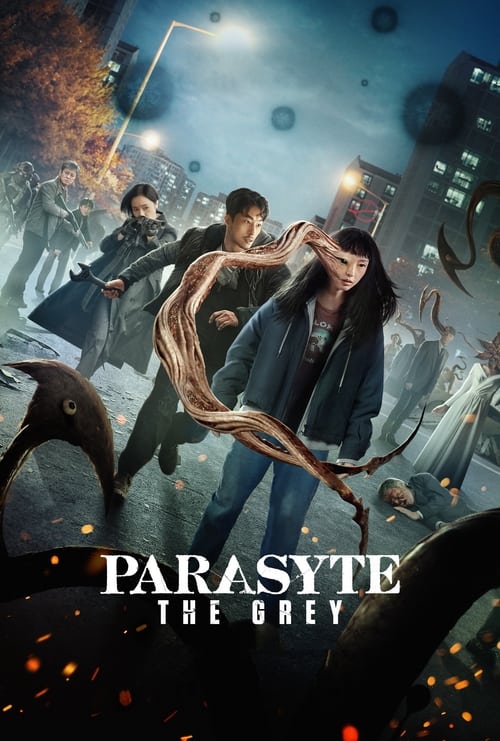The Korean drama “Parasyte: The Grey” (2024) spins its tale from Hitoshi Iwaaki’s renowned manga “Parasyte.” Premiering on Netflix starting from Friday (5/4/2024), this spin-off directed by Yeon Sang Ho introduces several intriguing divergences from its original manga roots, enriching the Parasyte universe with fresh perspectives.
It’s hardly surprising that disparities exist between the drama and manga versions. One notable distinction lies in the setting: while the drama unfolds in South Korea, the manga’s narrative transpires in Japan. Additionally, the drama introduces new lead characters like Jeong Su In, a supermarket employee, and her symbiotic partner, Heidi, deviating from the manga’s focus on high school student Shinichi Izumi and his loyal companion, Migi.
Beyond these surface distinctions, let’s delve into five key differences between “Parasyte: The Grey” (2024) and the original manga:
Warning: Spoilers Ahead!
1. Shifts in Familial Loss:
In the drama, Jeong Su In’s familial dynamics paint a different picture compared to Shinichi Izumi’s in the manga. Jeong Su In grapples with the absence of her mother, who left and remarried, and contends with accusations of domestic violence against her father. Her closest confidant, Detective Kim Chul Min, is tragically consumed by a parasite. Conversely, in the manga, Shinichi Izumi faces the devastating loss of his mother to a parasite while on vacation, leading to a distinctive emotional journey.
2. Antagonistic Encounters:
The drama introduces Pastor Kwon Hyuk Ju from the Saejin Church as the primary adversary for Jeong Su In and Heidi, diverging from the manga’s focus on Gotou, a politician with multiple parasites, as the main antagonist for Shinichi Izumi and Migi. Moreover, the drama introduces Seol Kyung Hee, a dissident parasite figure, adding layers of complexity to the conflict.
3. Varied Fate of Symbiotic Partners:
While both versions depict the symbiotic relationship between human and parasite, the outcomes differ significantly. In the drama, Heidi remains active, contrasting with Migi’s decision in the manga to enter a prolonged hibernation after a taxing battle. However, Migi retains the capability to awaken if Shinichi requires urgent assistance, showcasing the evolving dynamics of their partnership.
4. Romantic Subplots:
Parasyte: The Grey (2024) does not present a romance story between the characters. It’s just that, Seol Kang Woo is one of the closest people to Jeong Su In at the moment. In fact, the two of them were still communicating after the great battle that was approaching ending.
If in manga, Shinichi Izumi is said to have a lover, namely Satomi Murano. Even Satomi knows that Shinichi has super powers because of a parasite.
5. Approach to Coexistence:
The drama and manga diverge in their depiction of parasite-human coexistence. In the drama, the Anti-Parasite Task Force, led by Choi Jun Kyung, remains vigilant in combating parasites, hinting at ongoing conflict. In contrast, the manga explores a scenario where parasites integrate into human society, consuming processed meat and minimizing direct confrontations.
In conclusion, while “Parasyte: The Grey” (2024) shares thematic similarities with its source material, the nuanced differences in characters, conflicts, and resolutions offer viewers a distinctive and enriching experience. Through these deviations, the Parasyte universe expands, inviting audiences to explore fresh perspectives and contemplate the intricacies of human nature and symbiotic relationships.
